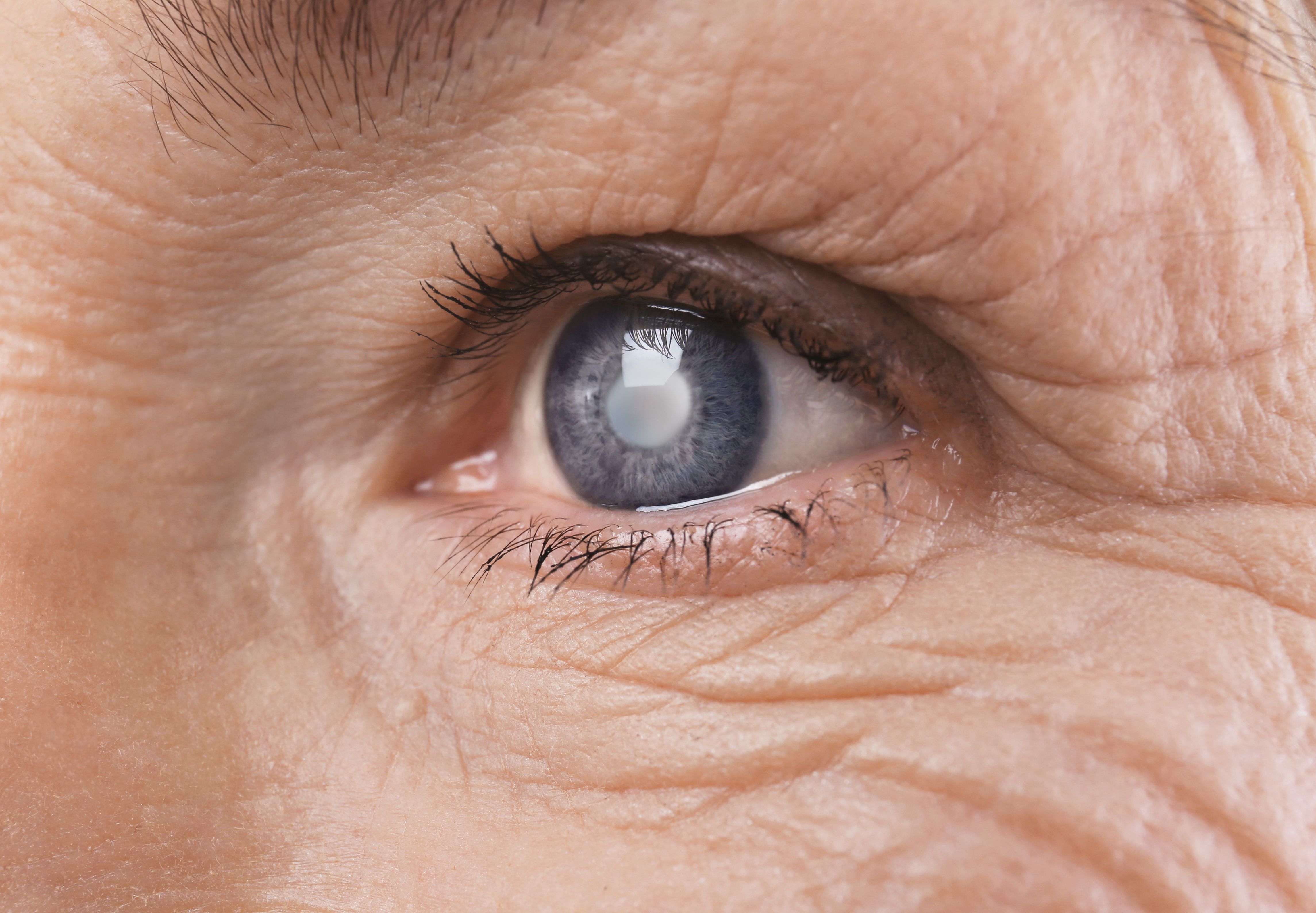- Center on Health Equity & Access
- Clinical
- Health Care Cost
- Health Care Delivery
- Insurance
- Policy
- Technology
- Value-Based Care
Polygenic Risk Score Important to Track POAG Onset
Polygenic risk score was valuable in enhancing risk prediction models for primary open-angle glaucoma (POAG.
Risk prediction models for primary open-angle glaucoma (POAG) can be enhanced by using polygenic risk score (PRS) alongside established clinical factors, according to a study published in JAMA Ophthalmology.1 This can help to identify those at a lower risk of POAG overall and target patients who have a high risk of developing the condition.
POAG is the most common form of glaucoma primarily related to raised intraocular pressure (IOP).2 The Ocular Hypertension Treatment Study (OHTS) found that lowering IOP through medications can help to delay or prevent POAG.1 This study also identified factors, both clinical and demographic, that can help to identify patients at risk of POAG. PRS is a method of estimating cumulative genetic risk of heritable diseases like POAG. The current study aimed to assess how useful PRS was in predicting POAG in patients with ocular hypertension.
The OHTS provided the data used for this study, with data collected from 22 centers in the US between February 1994 and April 2019. All patients were randomized to observation or treatment with topical ocular hypotensive medications. IOP that measured between 24 and 32 mm Hg in one eye and between 21 and 32 mm Hg in the other eye was considered ocular hypertension. Optic disc progression and/or visual field abnormality were used as means to determine progression to POAG. Optic disc imaging was used to evaluate progression. Genetic data were available for most participants, which included self-reported ancestry and principal component analysis.
PRS could be used as a way of determining patients with high or low risk of POAG | Image credit: Africa Studio - stock.adobe.com

There were 1010 participants with 2018 eyes included in this study, of which 65.8% were women and whose mean (SD) age was 55.9 (9.4) years. The cohort primarily consisted of European participants, with 75% reporting European ancestry compared with 25% reporting African ancestry. The POAG PRS threshold for conversion to POAG was –0.05 in the entire cohort and the optimal threshold was –0.336.
Disc photographs were able to determine POAG in 25.9% of the 286 eyes with POAG; visual field abnormalities (20.6%) and both photographs and abnormalities (53.5%) were primary sources of diagnosing POAG. The OHTS clinical risk tertiles were not different among patients with low or high polygenic risk.
A mixed-effects Cox proportional hazard model found that low polygenic risk was associated with a 1.49-fold higher chance of disease-free status after 20 years (95% CI, 1.04-2.15; HR, 1.64; 95% CI, 1.13-2.38) when compared with higher polygenic risk. Disease-free survival between low and high polygenic risk groups was higher when POAG was defined by evidence of glaucomatous damage (92.7% vs 83.6%) compared with optic nerve head–based (96.8% vs 94.6%).
Patients in the low polygenic risk group had a conversion rate of 3.2%, 6.2%, and 7.1% after 10, 15, and 20 years when randomized to early treatment. The conversion rate was slightly higher in patients with high polygenic risk at 6.8%, 13.7%, and 15.2% in the same time periods, respectively. Patients in the low polygenic risk group who were in the observation group had a conversion rate of 8.1%, 11.4%, and 12.5% compared with 15.1%, 20.3%, and 21.8% in the high polygenic risk group after 10, 15, and 20 years.
The largest difference in survival probability at 20 years based on the threshold of PRS was found in eyes at the highest risk with early treatment mitigating some of the risk. Patients who were in the low polygenic risk group and the middle-risk tertile group had higher disease-free survival regardless of randomization. Participants who received medication due to randomization had a lower conversion rate in both high and low polygenic risk groups.
There were some limitations to this study. There was a smaller sample size for genetic data and only included those of European or African descent, which may make it less generalizable. Disease severity was not incorporated into the analysis. The difference in risk of POAG between high and low polygenic risk in the highest clinical risk tertile was modest.
The researchers concluded that PRS and clinical factors from the OHTS were valuable in enhancing risk prediction models related to POAG. PRS could act as a means of tailoring treatment to individuals based on their genetic makeup, which could lead to better outcomes overall.
References
- Sekimitsu S, Ghazal N, Aziz K, et al. Primary open-angle glaucoma polygenic risk score and risk of disease onset: a post hoc analysis of a randomized clinical trial. JAMA Ophthalmol. Published online November 7, 2024. doi:10.1001/jamaophthalmol.2024.4376
- Jindal AP, Salim S, Kozak A, et al. Primary open-angle glaucoma. EyeWiki. September 23, 2024. Accessed November 11, 2024. https://eyewiki.org/Primary_Open-Angle_Glaucoma
Cumulative Atropine Not Associated With Increased Risk of Ocular Events in Children With Myopia
September 17th 2025Although children living with myopia taking atropine did experience an increased incidence of cataracts, glaucoma, or maculopathy, it is unclear if this risk was confounded by myopia severity.
Read More
